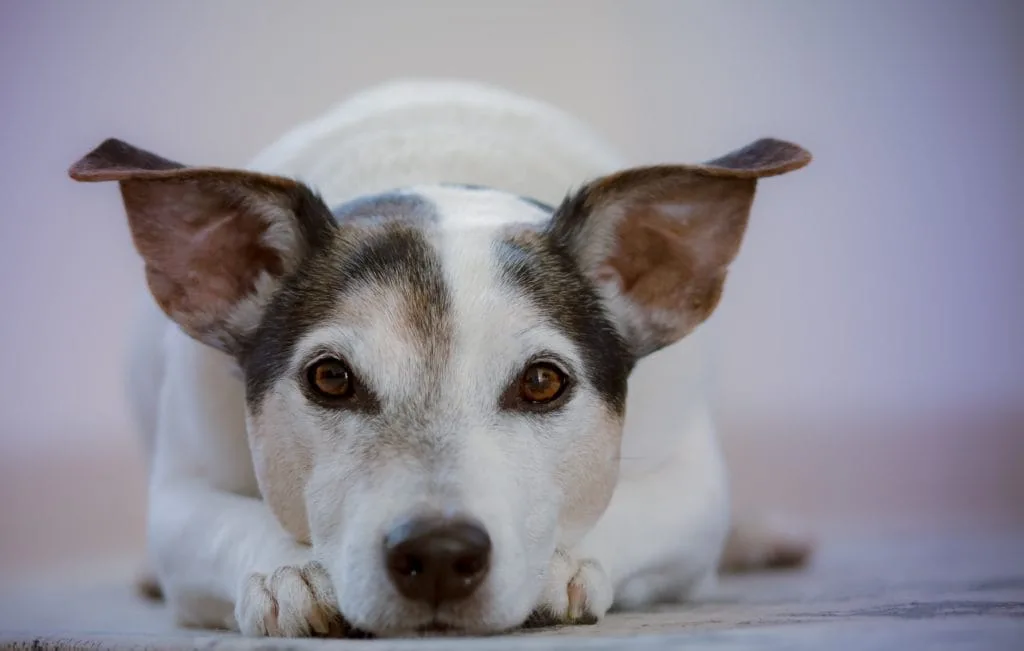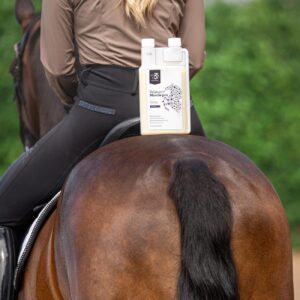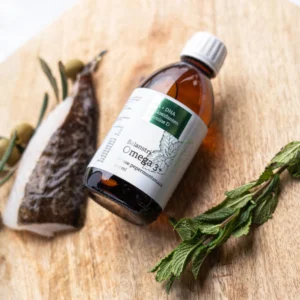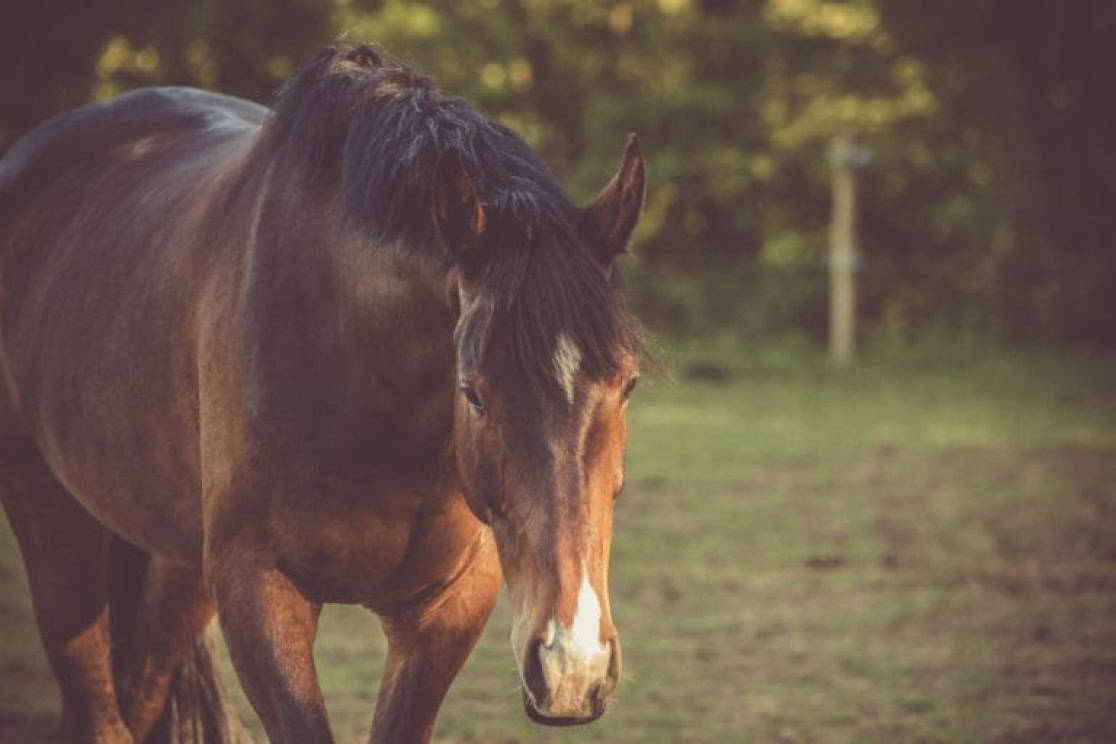You know the feeling that your dog is not very playful, skipping its meals and does not respond to your commands? He is just sitting in the corner of the house or hiding in its favourite place, not even reacting to the door bell.. Well probably your dog isn’t feeling to well.
It’s helpful to be familiar with your pets vital signs just in case your dog is ever in distress. Knowing how to periodically check and record normal vital signs like your dog’s heart rate is a smart idea. Not only will it give you and your dog some practice doing it, but you’ll be able to use the numbers as a baseline of what is “normal” for your pet in case of an accident or illness. Vital signs reflect proper working of essential body functions!
Body temperature

If there is any variation from normal temperature dogs can exhibit various clinical signs e.g. loss of appetite, depression, lethargy, vomiting, stiffness, cough, shivering or nasal discharge. The best way to determine the body temperature of your dog is to check the rectal temperature. You can distract your pet with a treat and take the thermometer (lubricate it first with vaseline or baby oil) and gently insert it about 5 centimeter inside the rectal area. Press the thermometer towards wall of rectum and wait till one minute or until the thermometer beeps. Another way of checking your dog’s temperature is through an infrared thermometer to measure temperature inside ear. This is very easy to do but please note that the ear temperature might be unreliable because of the variation in the anatomical shape of the ear.
A sudden rise or drop in the body temperature could be due to infection, shock, inflammation, environmental temperature, vaccination or accidentally ingestion of toxic material. If you suspect any of this please check with your Veterinarian a.s.a.p. to avoid any complication!
Heart rate
Depending on the breed the normal heart rate of a dog is 60 to 140 beats per minute during rest or times of low activity. Deviation from the normal ranges indicates abnormality in your dog’s condition. You can feel your pet’s heartbeat by placing your hand gently on the chest and press little against it. If you do find it count pulse in one minute, also you can feel pulse on the back side of the front leg or in the inner thigh area of the hind limb. Increased or decreased heart rate can be further confirmed by your vet using a stethoscope.
Respiration rate
Increased panting is a sign of increased respiration rate in a dog. Other abnormal signs could be wheezing, raspy or squeaky sounds and flared nostrils. During rest a dog should breathe 15 to 35 times in a minute. You can also count up and down movement of the chest which would tell you the respiration rate of your pet. Increased respiration rate could be due to fear, excitement, anxiety or pain. Decreased respiration rate could mean your pet is in the phase of shock, in that case your dog might require oxygen supplementation for recovery, which your veterinarian can provide.
If the increase in body temperature is due to weather condition or due to running, your pets body responses by a higher heart rate (increased blood supply) which leads to an increased respiration rate (panting) which helps in getting body temperature down!
Mucus membrane / hydration status
Check your dog’s mucous membranes of inner cheeks and gums by pulling your dog’s upper lip. Normal mucus membranes are healthy pink and moist, while brick red, brown, pale pink, white or blue colour could indicative an emergency (i.e. shock, loss of blood or anaemia). Jaundice or a yellow colour of the mucous membrane or skin could indicate kidney or liver problems.
Skin test

By simply measuring vital signs of your dog can help in diagnosing serious illness, and can alert you from potential health risks!
Dr. Shally Jalali








